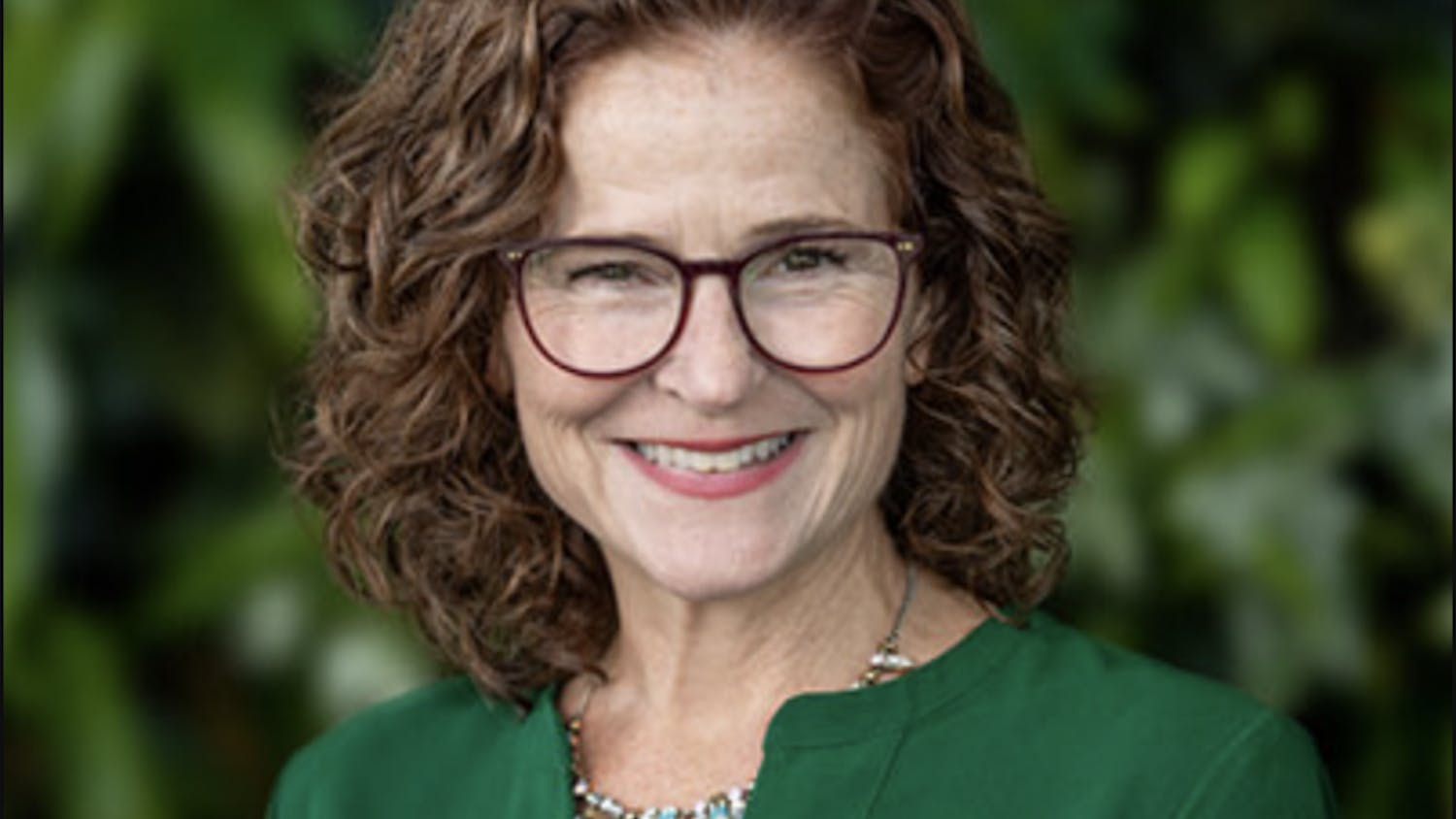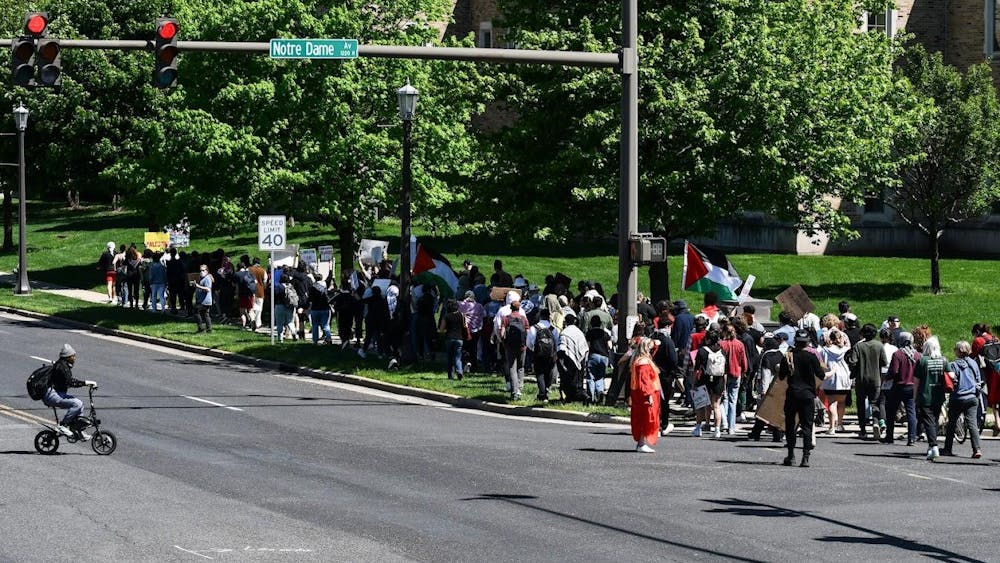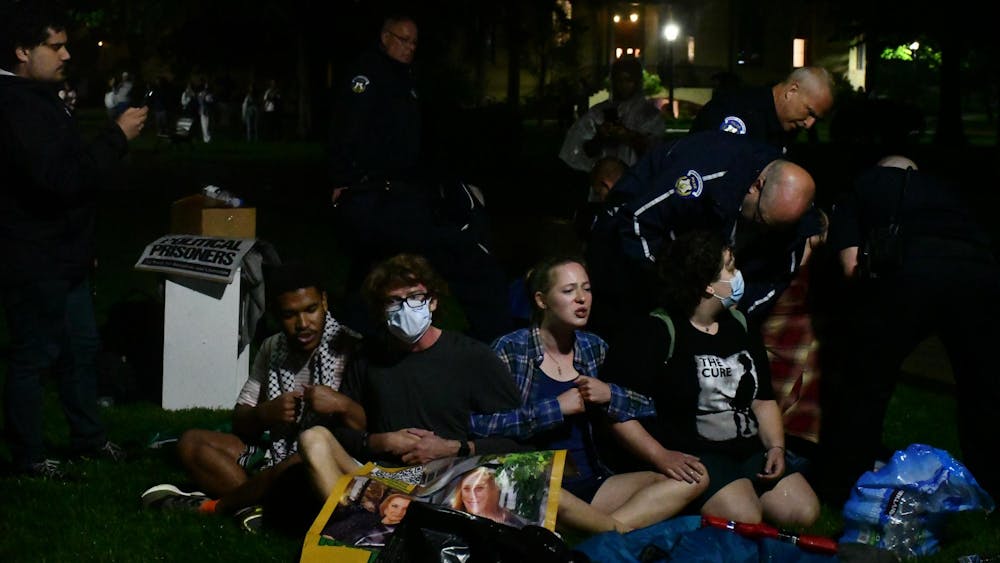In the latest installment of the Saint Mary’s Justice Education program’s Friday series, a member of the Saint Mary’s LGBTQIA community, senior Molly Smith, and an ally, junior Miranda Bronicki, gave a presentation on the issues the community faces on and off campus and the ways non-queer people can become strong allies.
Smith began the presentation by identifying what each letter in the acronym LGBTQIA stands for: lesbian, gay, bisexual, transgender, queer or questioning, intersex — having an ambiguous biological sex — and asexual or agender (not identifying as male or female).
Smith said the fact that Saint Mary’s is a Catholic all-women’s college poses problems because of the Catholic view that is placed upon the students within the community.
“There are some that want to put that view on people,” Smith said. “‘People who are queer should remain celibate or should not get married.’ It’s things like that that adds this layer of feeling like you’re a second-class citizen on campus.”
Smith said there are few resources for the community on campus. The Straight and Gay Alliance is not currently active, and Smith said it was ineffective in connecting issues faced by the queer community with other issues in society. Smith said she started an organization called Intersect to tie in the queer community with other issues that students face, such as racism, religious discrimination and classism
There are also many stigmas and stereotypes of the queer community present at the College, Smith said. For example, a student was elected class president in consecutive years, but once she came out, she faced discrimination both from the student body and the administration.
“The classroom is what I consider the safest place on campus … because a professor has never made any comment,” she said. “If I’ve made any comment regarding my experiences, they’ve been cool with it and welcoming of those comments. Professors have helped put on events to education students.”
Smith said there are many great students on campus, such as Bronicki, who are welcoming of the queer community.
Bronicki, who identifies as a heterosexual and cisgender woman, offered an ally’s perspective and tips for becoming a good ally on and off campus.
Bronicki said her main reason for realizing the importance of being an ally is having friends who identify as queer. She said it is important to understand privilege, especially when it comes to media representation.
“I can turn on a television and see things I identify with being represented, and a lot of times, it’s going to be more positive,” Bronicki said. “You aren’t going to see as many heavy stereotypes as you see often with homosexual couples.”
Bronicki said the way to be a good ally is to be aware of the issues the queer community goes through, not to assume someone’s gender or sexuality based on looks, to use someone’s preferred pronouns and to respectfully ask members of the queer community questions.
“It’s okay to ask questions, especially because this stuff isn’t in our everyday lives until we get older, because it’s not in the media so much or in children’s books,” she said.













